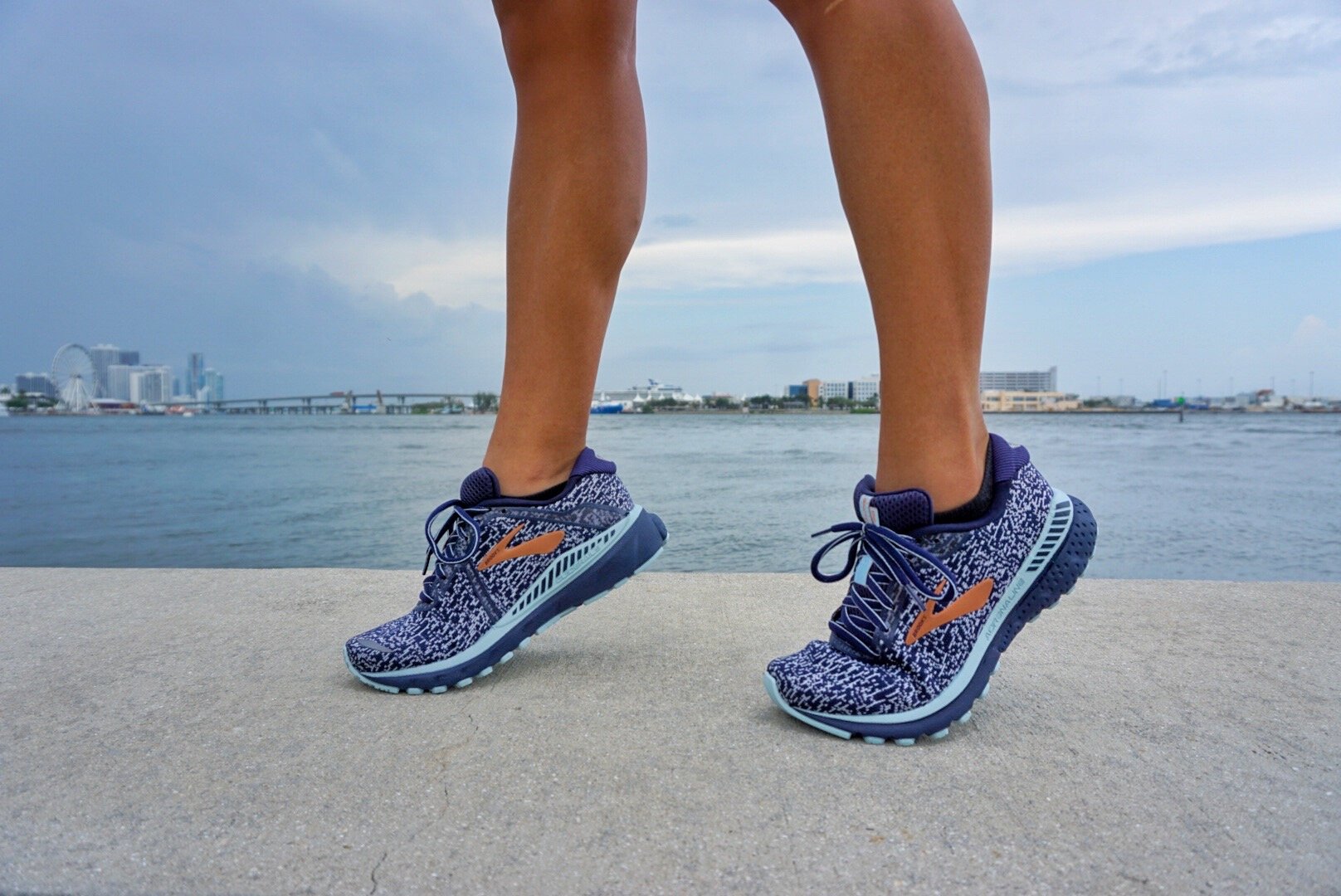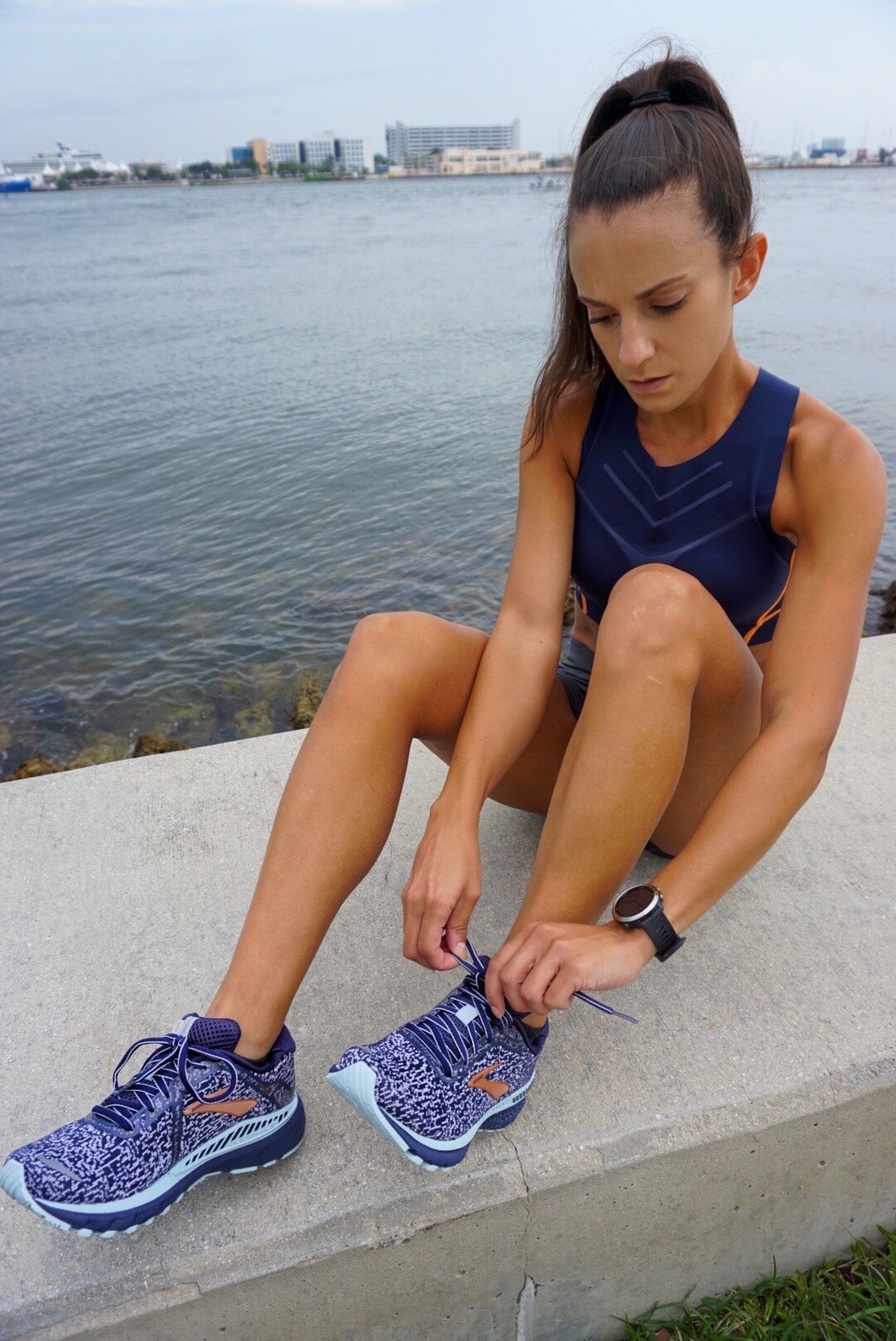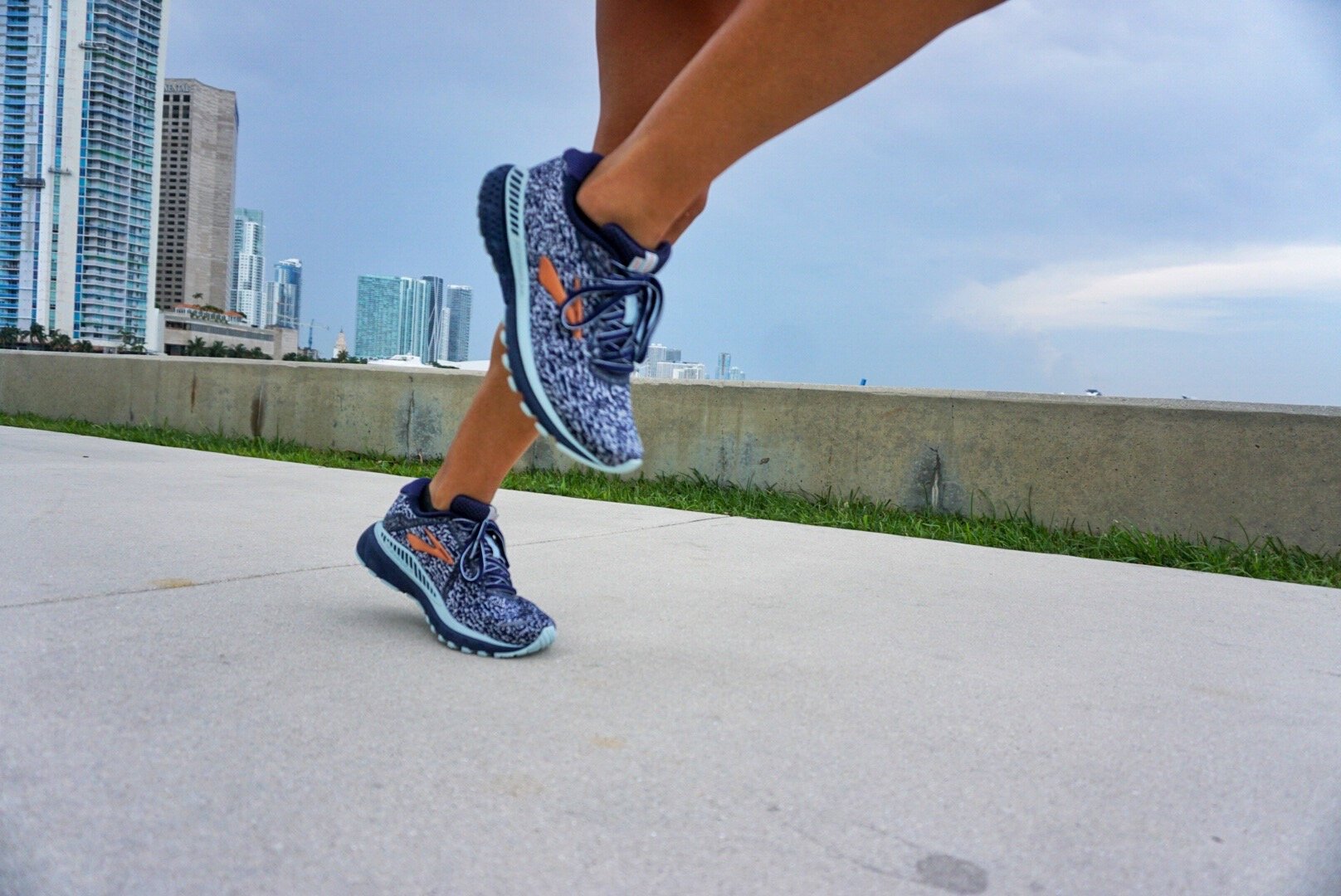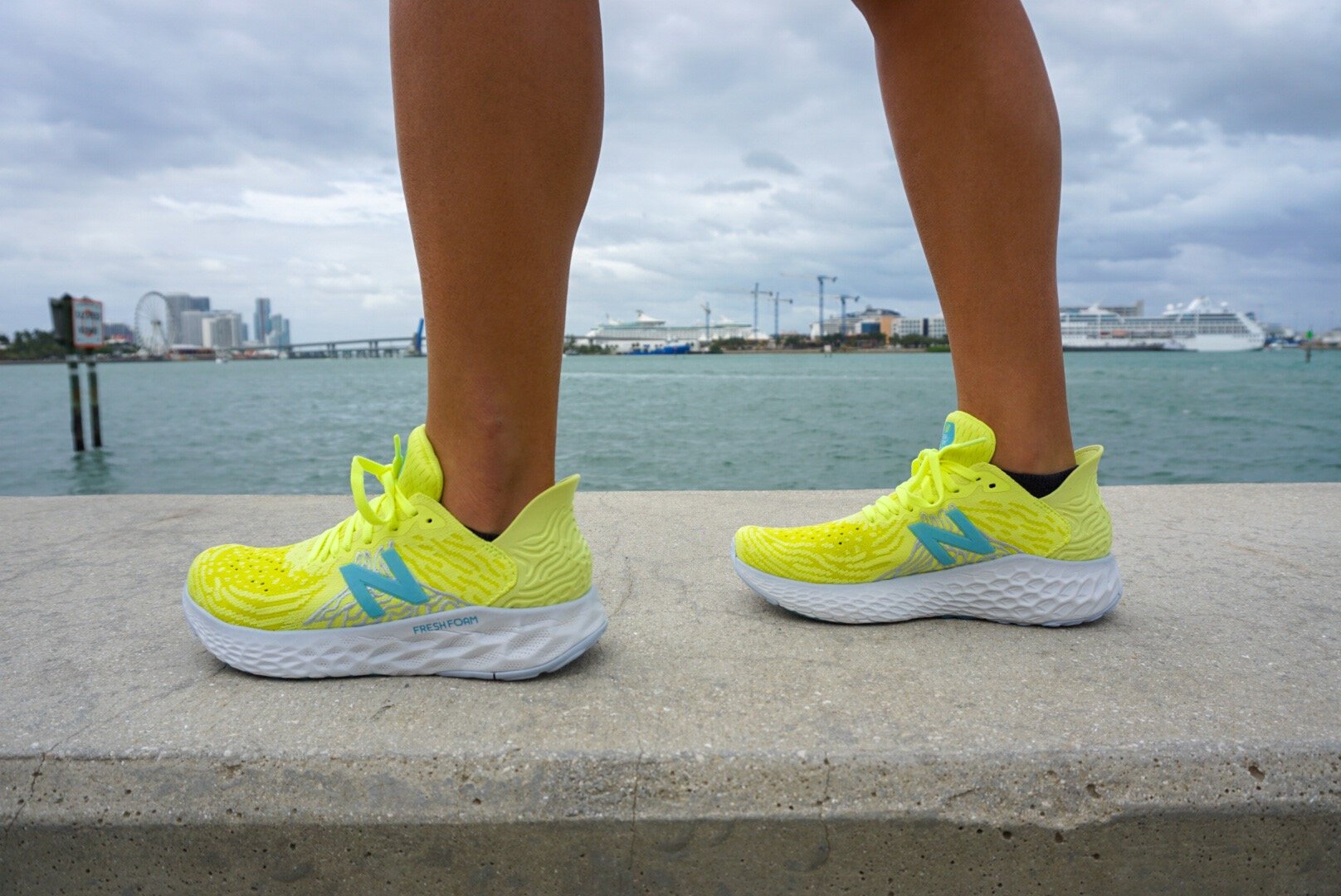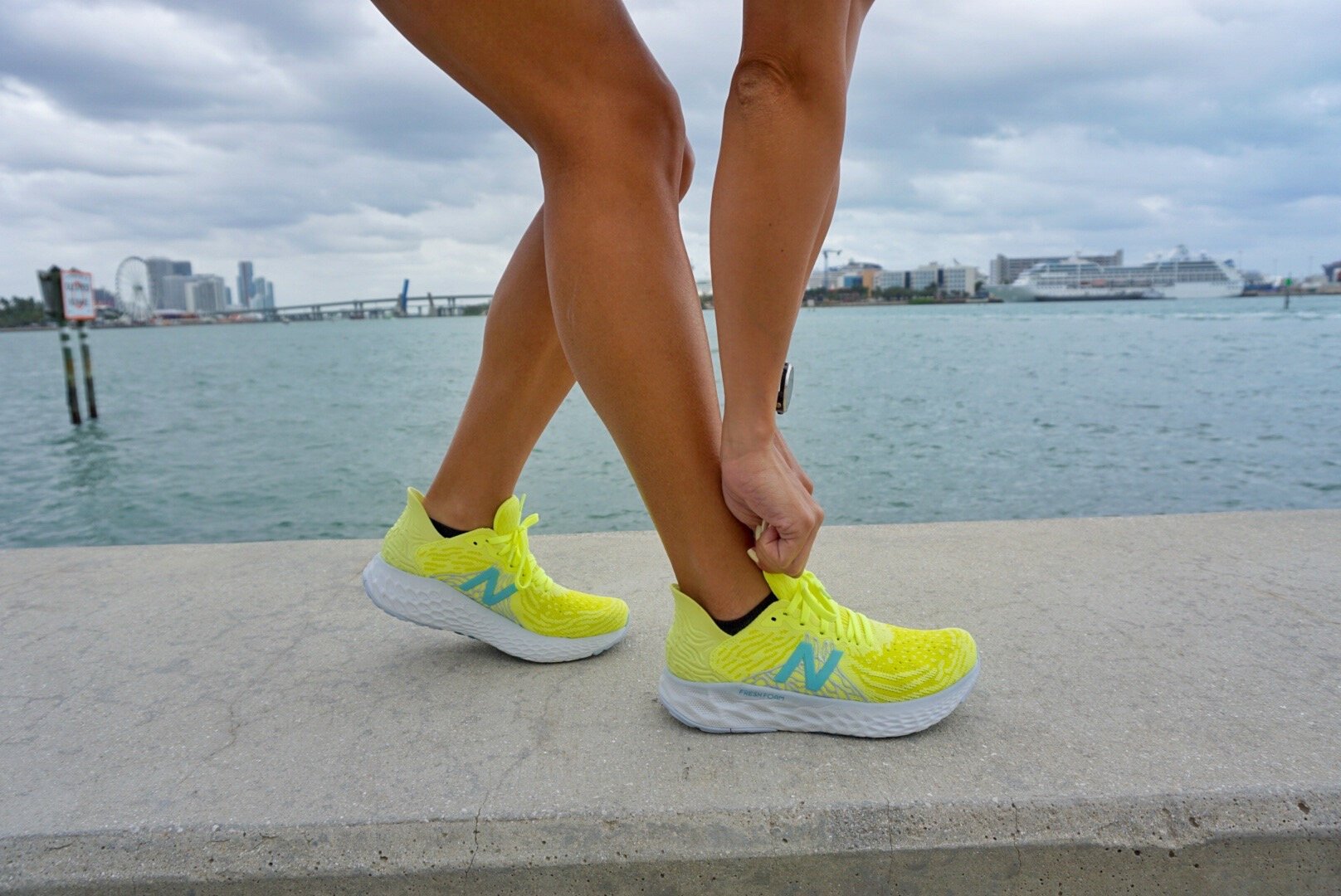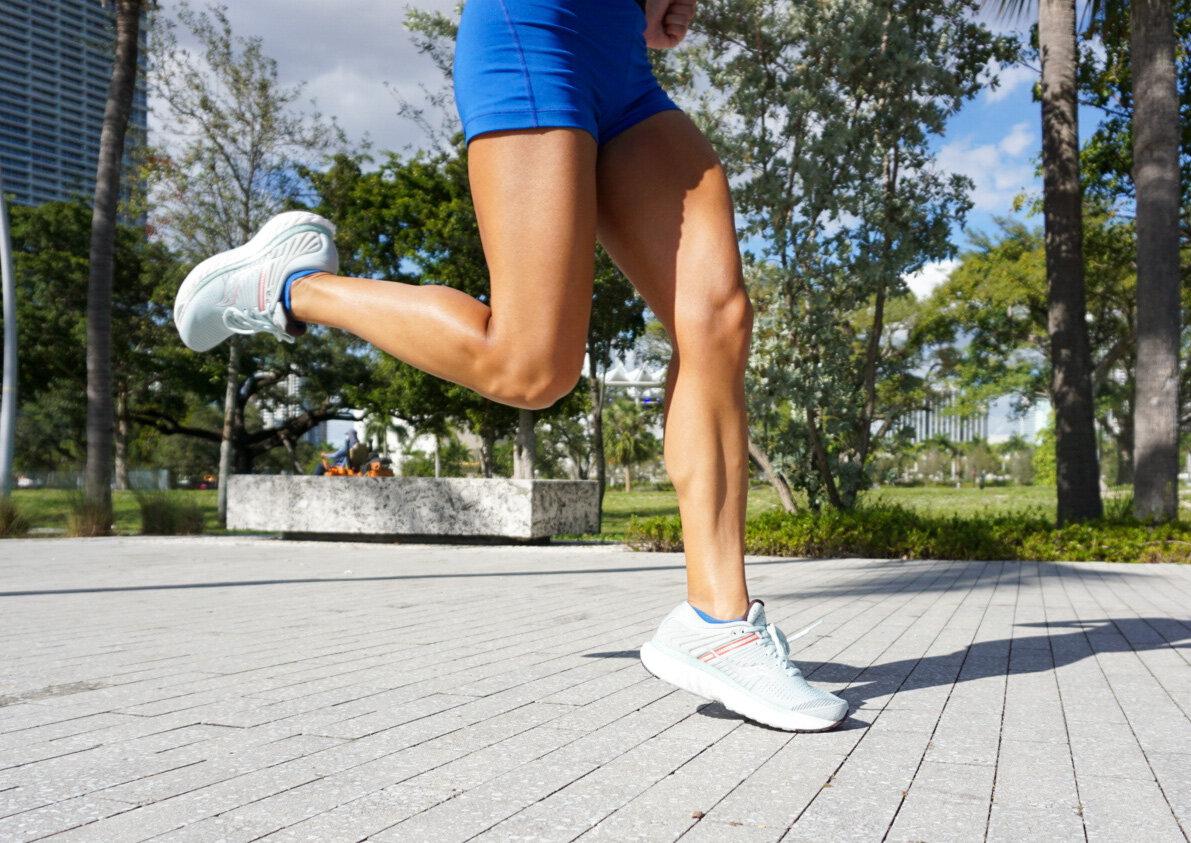Sponsored by Zappos Running. All opinions are my own.
Running every day does not take any magic. It’s all about discipline and routine. Runners just getting into the sport often times get discouraged when they see the consistent daily run schedules of their more experienced friends. They have the desire to do the same but wonder if they will ever be able to get into that daily habit. As a running coach, I see this discouragement in most of my athletes at the beginning of their journeys, but it never lasts very long. Just a couple of months later they are running almost every day without it feeling dreadful, and there’s no better feeling for them than seeing their bodies transform into endurance engines in such a short time! The hardest part about getting to this point is understanding how much more goes into being an everyday runner than just running itself.
It takes strength, proper recovery, and ideal gear to get us to do this without burning out or getting injured. The first thing I advise my athletes is to make sure they are wearing the right shoes and rotating between two or three pairs throughout the week. This is important in order to balance out the pressure in the feet and joints higher up in the body and run more efficiently for different types of workouts. Brooks has done it again with their newest update—the Ghost 13. I got my pair from Zappos, where I get all of my running gear. As part of the rewards program, I get free expedited shipping, so my shoes came the very next day! Free returns for a year and only the best customer service are also part of the rewards program, so if you are not a part of it already, I highly recommend you sign up!
Just Run
When stepping outside for your run, all you want to have to think about is the run itself. When we wear uncomfortable clothes or shoes, it becomes a distraction and can end up messing up our form and making us more tired and achy the rest of the day. Brooks Ghost 13 is made with light, soft materials that keep your feet feeling fresh even after long runs. As usual I wore these for a short run first to break them in, but it didn’t take long for me to know they are a great pair for any amount of miles. My second run was a 90-minute progression run and I was surprised to see how a shoe weighing around 9 ounces can feel just as light as my 6-ounce pair!
The extended cushioning goes beyond the heel and is made with DNA LOFT technology, which basically covers up to the forefoot with a soft cushion to guarantee a smooth landing. As most of you know I am an intense heel striker, so anything that can lessen the impact during my steps is highly beneficial for me. When shoes are too cushioned they end up feeling less springy and responsive, so as comfortable as they can be, they aren’t the best for faster running. The Ghost 13, on the other hand, is not only cushioned but also has BioMoGo DNA which helps combat that loss of responsiveness with the added cushioning. During my progression run, where I started at around 8:45 minute/mile pace and finished around a 7:10 minute/mile pace, I did not feel the softness of the shoe limit my desired speed.
The Need to Breathe
What I loved the most about the Ghost 13 is the fitted feel of the upper. When a shoe hugs my foot like a sock, I know I can count on it to keep everything in place. This means less rubbing and chafing and better compression. I run in maximum heat here in Miami and the humidity is over 90% every day so I also try to wear shoes that keep my feet as dry as possible. The mesh that wraps the upper of the Ghost 13 does a great job keeping my feet from feeling suffocated like they do in other pairs. They also did not soak up all my sweat, even after 12 miles, which usually makes shoes feel twice as heavy during a long run!
If you are looking for a neutral shoe for those everyday miles, Brooks has your back. They updated the previous Ghost model with the joy of running in mind. When you don’t wear a good shoe, that fatigue and achiness in the feet, and even in the rest of the body, can make your run feel miserable. We shouldn’t have to think about anything else while running besides just running. Brooks wants you to RUN HAPPY, and the Ghost 13 makes that possible.










